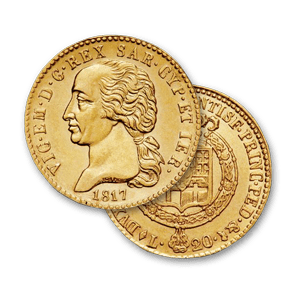“If a person has the wisdom to not confuse the painting with its value, there is no difficulty; one buys what he wants, what he likes, and he keeps it: if one day he no longer likes it, he puts the painting in the attic. But those who wish to make an intelligent purchase, or combining the useful with the delightful, will find himself in a truly difficult situation.”
Maurice Rheims
 perizie@marcozaia.net
perizie@marcozaia.net



